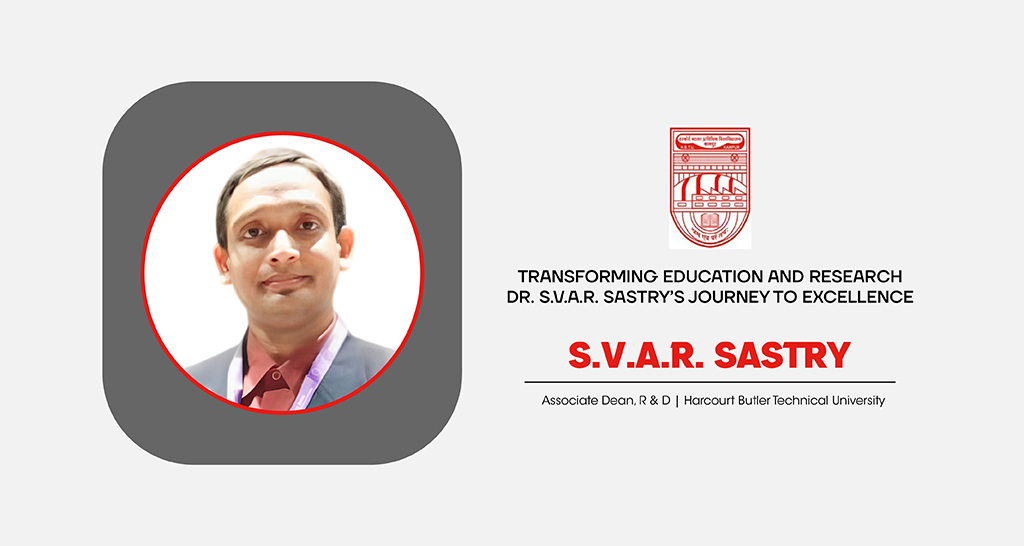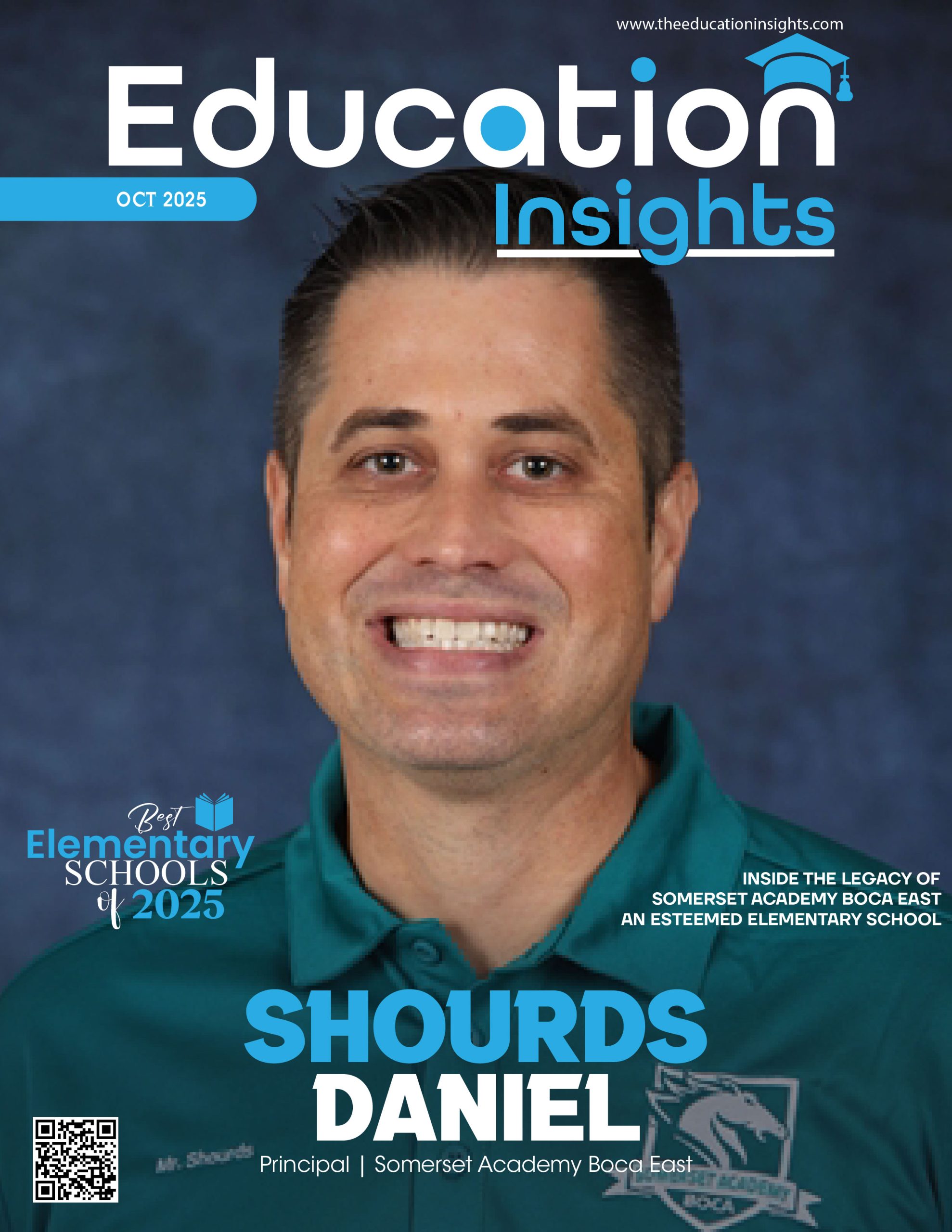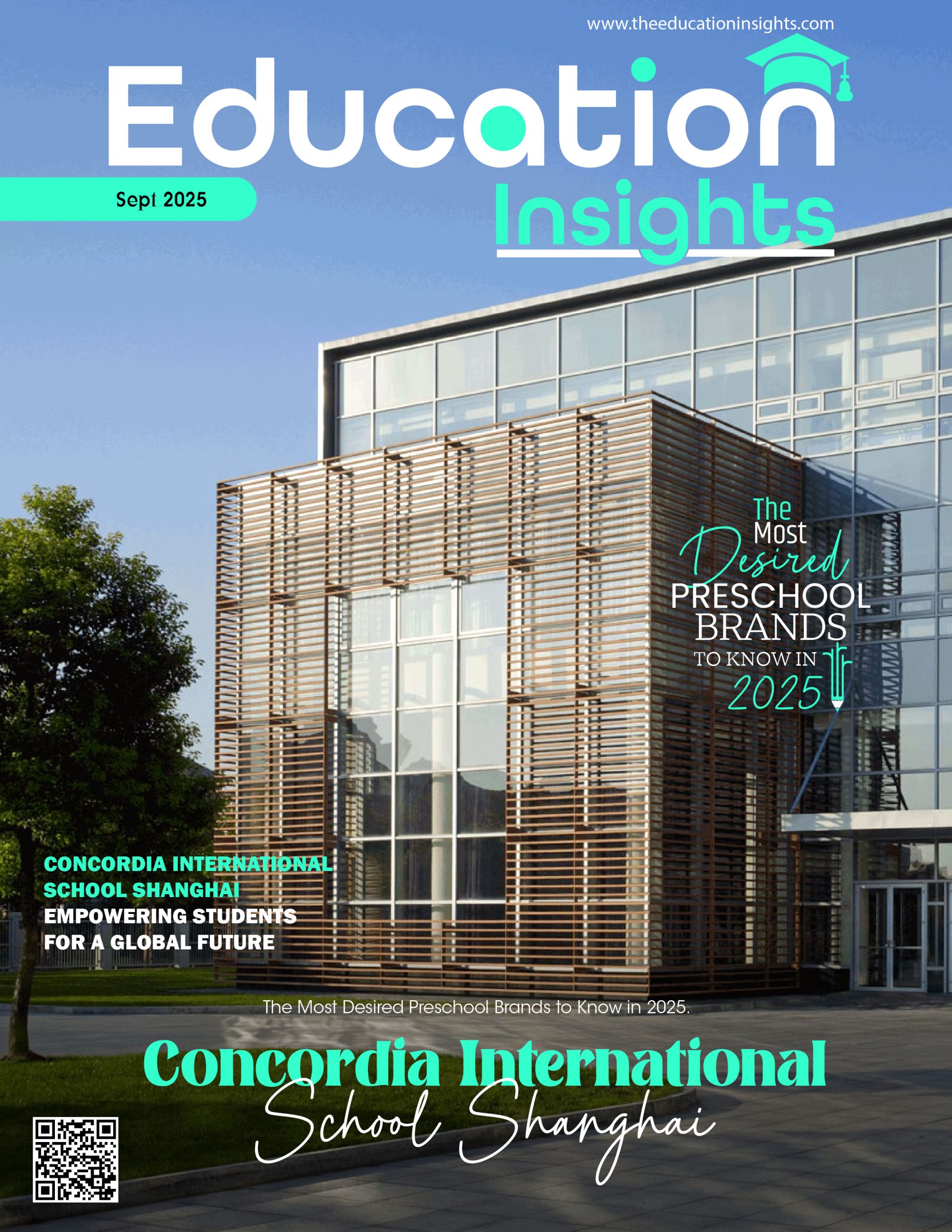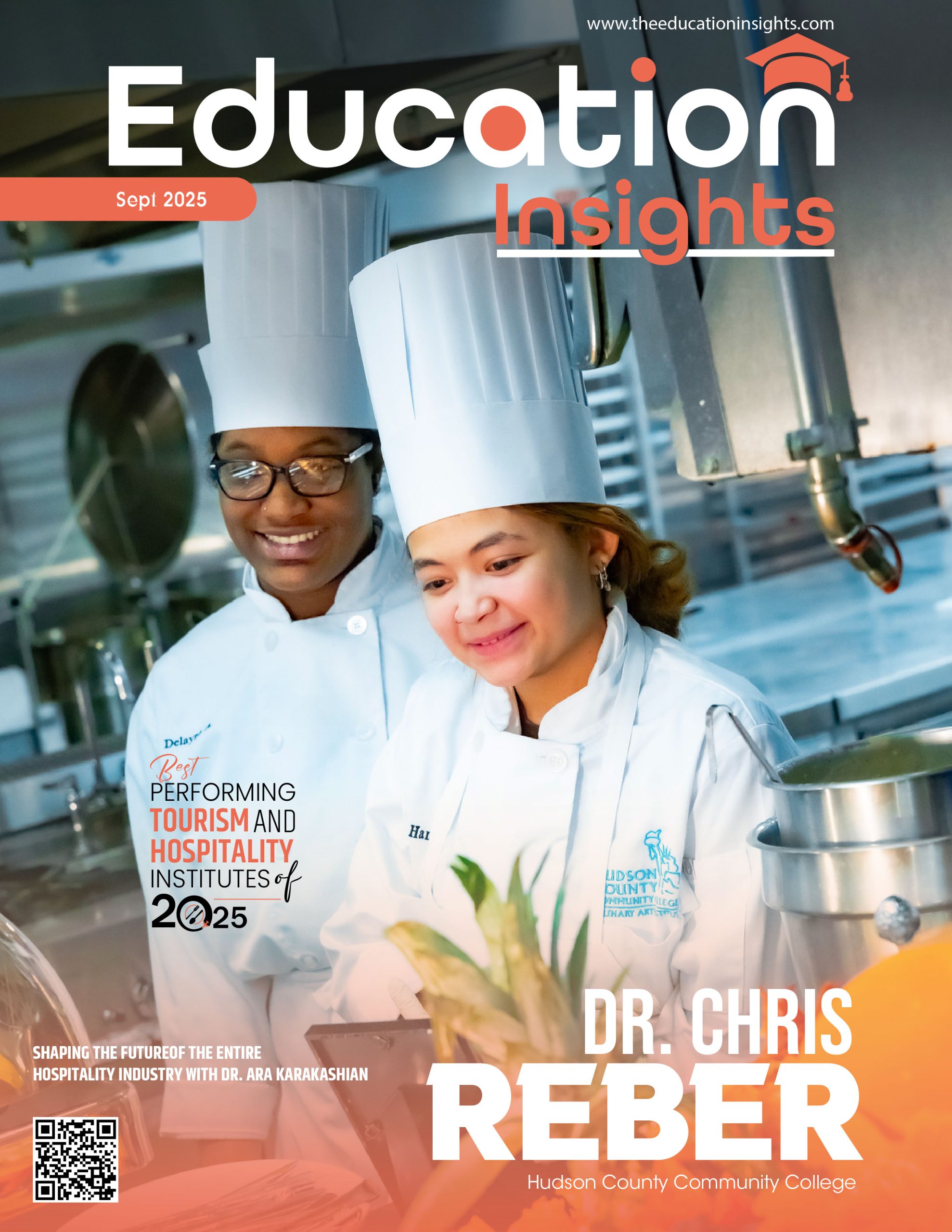In the ever-evolving world of leadership, few voices resonate with as much impact as Dr. S.V.A.R. Sastry. Born and raised in A.P, India, Dr. Sastry’s journey from professor to global leader is a testament to his dedication and expertise. As Associate Dean (R&D) at HBTU Kanpur, he drives global collaborations and research excellence. His outstanding contributions have earned him prestigious awards, including the Pillars of the Nation from Delhi Vidhan Sabha, 2023; Outstanding Alumni Faculty from IIT Delhi, 2023; Outstanding th Leadership in Research and Innovation in the 29 World Summit, New Delhi, 2024.
A Journey in Engineering and Innovation
Dr. Sastry’s journey began with distinction, earning a B.Tech Gold Medal from NIT Jalandhar and an M.Tech Silver Medal from IIT Delhi. His Ph.D. thesis was recognized with the Best Thesis Award from JNTU Kakinada. With over 20 years of experience, he has mentored thousands of students and conducted advanced research in renewable energy and unit operations.
Dr. Sastry has authored 25 international books, 64 research papers and holds 14 patents. He has presented at multiple international conferences and delivered over 36 keynote lectures across the globe, sharing ideas on sustainability and innovation.
Shaping the Research Ecosystem at HBTU
As Associate Dean (R&D) at HBTU, Dr. Sastry aims to foster a dynamic research ecosystem by promoting interdisciplinary collaboration and strengthening innovation. Initiatives like research incentive schemes, workshops on grant writing, and seed funding have boosted engagement.
The aim is to foster a culture of innovation and inquiry that addresses real-world hurdles. Its major milestones include 14 patents and several funded projects in Chemical engineering. The launch of HBTU-Nordische Advanced Research and Technology Development Centre for cutting-edge research in Green Energy is a major step toward innovative research.
Promoting Interdisciplinary Research at HBTU
HBTU is committed to interdisciplinary research, encouraging collaboration and innovation. The university supports faculty and student research through funding, resources, and international partnerships.
HBTU’s Innovation and Incubation Center fosters startups and innovation in various fields. The university has signed several MOUs with leading institutions worldwide to promote collaborations. Its research policy emphasizes interdisciplinary research, and it supports applications for international research grants, aligning with NEP 2020 to encourage multidisciplinary education and impactful research.
Balancing Research, Teaching, and Administrative Responsibilities
Prioritizing tasks, integrating roles, and using digital tools to stay organized can help. Setting boundaries and protecting time for research and personal life can prevent burnout. Collaborating with colleagues and including students in research can also help share the load. Being adaptable and prioritizing self-care through downtime and hobbies can help maintain productivity and well being. With these strategies, academicians can manage their responsibilities effectively while maintaining well being.
Role of HBTU in India’s Higher Education and R&D
HBTU plays a pivotal role in India’s higher education st and R&D landscape. As the 1 ranking University amongst all the State Universities & as the Centre of Excellence, under the dynamic & visionary leadership of the Vice Chancellor, Prof. Samsher; it promotes research, innovation, and skill development across engineering, applied sciences, humanities, and management.
HBTU fosters a culture of innovation, supports faculty and student research, and offers practical industry collaboration to nurture job-ready skills. The institution also encourages entrepreneurship, community development, and Industry collaborations to align education and research with real-world needs.
Evolving Engineering Curricula for Industry Needs
To keep pace with the changing demands of the industry; engineering curricula should incorporate sustainability, green chemistry, and emerging renewable technologies. Dr. Sastry suggests developing interdisciplinary skills through collaborative projects and cross-department learning.
Regular curriculum updates based on industry feedback and practical experiences through internships can help bridge the skill gaps.
Latest Trends in Student Research and Academic Interest
Over the past decade, notable shifts have emerged in student research and academic interests. Students have become more focused on career readiness, practical skills, and digital literacy. There is also a growing emphasis on mental health, diversity, equity, and inclusion, as well as social impact and community engagement.
Encouraging Students for Fundamental Research
Institutions can encourage students to pursue fundamental research by integrating sustainability into curricula and highlighting its societal impact. By offering diverse research projects and promoting interdisciplinary collaboration, students can explore real-world challenges like climate change and energy efficiency.
The key strategies include providing mentorship, specialized training, and engaging teaching methods like case studies and simulations. Ensuring adequate funding and resources, as well as partnerships with industry and community, can also align research with practical needs and foster student interest in these critical fields.
Dr. Sastry’s Rewarding Academic Journey
The most fulfilling aspect of his academic career has been mentoring students and witnessing their growth. Guiding them and contributing to their success is incredibly rewarding. He also values the autonomy to pursue research aligned with his interests and the joy of contributing new knowledge. The intellectual stimulation and continuous learning in academics keep him motivated and passionate about his work.
Selecting Research Topics and Patent Opportunities
When choosing research topics and patent opportunities, a strategic approach is essential. Dr. Sastry considers factors such as knowledge gaps, personal interests, and market demand. For research topics, he aligns projects with his expertise and refines ideas through brainstorming.
For patents, he assesses novelty, non-obviousness, and practical applicability, conducting prior art searches and consulting with experts to ensure the invention is both patentable and commercially viable.
Empowering Young Researchers through Mentorship
As a mentor, Dr. Sastry goes beyond guiding students to publish research; he focuses on nurturing curiosity, critical thinking, and real-world relevance. He encourages students to identify impactful problems, explore interdisciplinary approaches, and collaborate with industry. Through regular brainstorming sessions and hands-on project involvement, students learn to think about scalability and sustainability. Exposure to patenting and funding opportunities helps them move from research to innovation.
Transforming Traditional Chemical Engineering through AI
AI and simulation tools are revolutionizing chemical engineering by enhancing efficiency, safety, and sustainability. Process Simulators like Aspen Plus and the DWSIM model help model and test chemical processes, and AI-driven optimization improves efficiency by analyzing large datasets. Predictive maintenance minimizes downtime, and sustainable design optimizes energy use and reduces emissions.
Emerging Technologies in Sustainable Energy and Chemical Process Design
Future technologies driving sustainability in energy and chemical processes include Artificial Intelligence (AI) and Machine Learning, which optimize processes, predict failures, and reduce waste. Digital Twins enable real-time monitoring scenario testing and decision-making, while advanced materials like Perovskites enhance solar energy capture.
Innovations in renewable energy integration, such as solar and wind power, are crucial for a fossil fuel-free future. Biotechnology uses microbes and enzymes to produce green chemicals and biofuels, and circular economy solutions emphasize recycling, reuse, and waste minimization in manufacturing
Transforming Indian Technical Institutions into World class Innovation
Dr. Sastry believes that Indian technical institutions should focus on building a strong ecosystem with modern labs, R&D centers, and co-working spaces, promoting interdisciplinary and industry collaborations to become world-class innovation hubs by 2040.
Fostering an innovative and entrepreneurial culture can be achieved by integrating innovation into the curriculum, offering mentorship and startup support, and encouraging risk-taking and creative thinking. Prioritizing R&D will enable Indian institutions to focus on national and global challenges, drive technical advancements, and facilitate tech transfer through patent licensing and startups.










